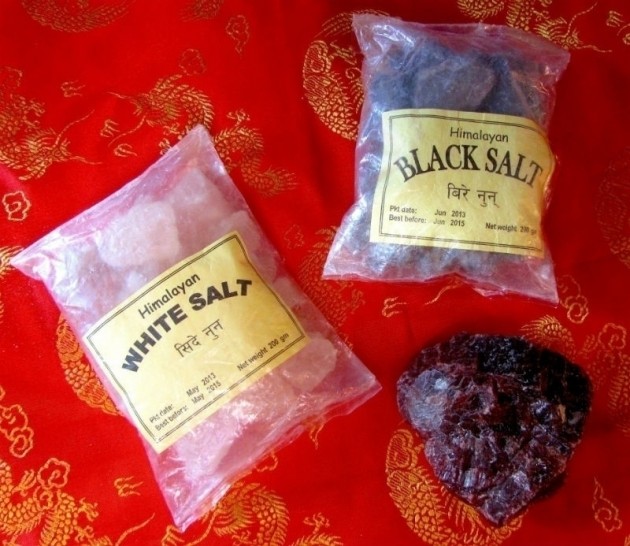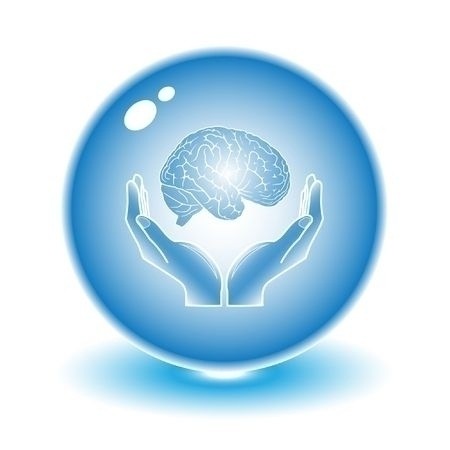What We SHOULD Eat
1. Nutrient-Dense Leafy Greens - daily, unlimited amounts! The more the better! One or two types at any time. Explore the many kinds. Try kale, mustard greens, collards, dandelion greens, arugula, beet greens, parsley, cilantro, spinach, swiss chard, endive, green and red lettuce, turnip greens, lamb’s lettuce, watercress, fresh herbs, etc…...
Milk and "Strong Bones"
During many of my lectures here and abroad about the detriment of society's obsessive consumption of dairy products, I noticed that my audiences seemed amenable enough to digesting the scientifically proven facts regarding the close association between milk products and many kinds of cancer, asthma, infections, allergies, auto-immune disease, inflammation, arthritis, weight gain, many...
Acid Reflux - Gastroesophageal Reflux Disease
Gastroesophageal reflux disease (GERD) is a disorder in which contents of the stomach or small intestine repeatedly move back up into the esophagus (tube connecting the throat to the stomach). This regurgitating action is called reflux. Reflux causes heartburn, and although most people have an attack of heartburn at some point in their lives, persistent reflux and severe heartburn may indicate...
Angina Pectoris
Angina Pectoris is defined as Acute pain in the chest resulting from decreased blood supply to the heart muscle (myocardial ischemia). A syndrome due to myocardial oxygen deficit, characterized by prolonged substernal, thoracic pain which is precipitated chiefly by emotion, exercise, or the ingestion of a heavy meal. It is caused by a temporary inability of the...
Blood Interpretation
Cholesterol Cholesterol values should only be analyzed after a 12 hour fast. Further, the physician must be aware that the patient's posture prior to the blood draw is significant. If the patient has been in a recumbent posture for more than 20 minutes, cholesterol values may be up to 15% lower than normal. Cholesterol is a blood fat which is the prime building block component to make...
What is Eco-Raw Living? How is it "beyond raw food diet"?
EcoRaw Living is not only a natural way to satisfy our taste buds and nutrient needs without compromising the principles of ecology, sustainability, and nutritional health. It is a complete approach to life, involving every aspect of cellular nutrition and health that is known to science: Unlike other lifestyle approaches, including many raw food paths that often sadly focus on...
Cardiovascular Disease
Definitions of Cardiovascular Disease Risk Factors Total cholesterol Cholesterol is a waxy fat like substance. Total cholesterol refers to the sum of the different sub-fractions of cholesterol that are measured in the blood. Total cholesterol is an independent risk factor for cardiovascular disease. The National Cholesterol Education Program says 240 is considered high. A person with this level...
Eye Conditions
Cataracts Cataracts are clumps of protein that collect on the lens of an eye and interfere with vision. Normally, light passes through the lens (the clear tissue behind the pupil) and focuses on the retina. The retina is the light-sensitive layer of the eye that sends visual signals to the brain. A cataract occurs when the normally clear lens becomes cloudy. Most cataracts develop slowly...
Facet Syndrome
Facet syndrome is used to describe chronic or acute inflammation of the articular facet joints which guide vertebral motion. These joints are lined by cartilage and surrounded by capsular ligaments which are richly innervated by pain fibers. These joints are inflamed by trauma (as in flexion/extension injuries; "whiplash") or in overloading injuries such as lifting a heavy load and...
Female Conditions
Amenorrhea Absence of menstruation. Amenorrhea may be primary (the girl has never begun her periods) or secondary (the woman had her periods once and then stopped having them). Physiologic amenorrhea is the lack of menses before menarche, during pregnancy and early lactation, and after menopause (all considered normal). All other causes of amenorrhea are pathologic. Causes of Primary...
Fracture
Any break in a bone. There are many types of fractures:
Frozen Shoulder
A syndrome in which a stiff shoulder is restricted and painful in both active and passive movement. Also known as adhesive capsulitis, periarthritis, and pericapsulitis. The involved joints are the scapulothoracic and glenohumeral. There is no bony ankylosis. Causes include any type of pain in the shoulder upon movement, and immobilization from shoulder injury. Frozen shoulder is seen most often...
Kidney Stones
Urinary calculi occurring in any part of the urinary tract are abnormal concretions usually composed of mineral salts such as mixtures of calcium oxalate, calcium phosphate, and magnesium ammonium phosphate. They vary in size from microscopic to several centimeters in diameter. About 80% of all urinary stones contain calcium. The majority of these are composed of calcium oxalate. Contrary to...
Low Back Pain
Pain felt either in the lumbar, lumbosacral, or sacroiliac areas. Most low back pain is from degenerative joint disease in the lumbosacral region, poor posture, the beer belly, constipation, and stress-induced myospasms of the lumbosacral region. Low back pain is commonly associated with sciatica. The prognosis depends on the cause. Generally, the condition is benign and the prognosis is...
Multiple Sclerosis
Nearly 350,000 Americans are affected by one of medicine's most misunderstood diseases, multiple sclerosis. Although there is no known cure, alternative medicine has recognized a number of contributing factors. Often, the early detection and identification of underlying causes combined with strict dietary and life-style guidelines can stabilize or reverse the symptoms.
Osteoporosis
A decreased density of bone compared to normal bone mass of age and sex matched controls. It is the most prevalent bone disease in the world. There are many factors that can contribute to osteoporosis, the most common is postmenopausal, estrogen deficient osteoporosis. More than one-half of women in the United States who are 50 years of age or older will have documented osteoporosis,...
Parathyroid Conditions
Hypoparathyroidism There are four parathyroid glands, located near each of the two lobes of the thyroid gland. The parathyroids produce parathyroid hormones that regulate blood levels of calcium necessary for strong bones and teeth, nerve function, and blood clotting. Hypoparathyroidism is a rare disorder associated with insufficient production of parathyroid hormone, the inability to make a...
Periodontal Disease
Gingivitis, Periodontitis, and Scorbutic Gums Periodontal disease is a scourge on our society. It accounts for more lost teeth in adulthood than any other dental problem. Gum disease will affect nine out of ten Americans, and one out of every four persons will lose all their teeth to periodontal disease by age 60. Thirty-two million Americans have gum disease right now in such an advanced state...
Sciatica
A specific entity with many causes. Involves inflammation of the great sciatic nerve and presents as acute or chronic pain down the back of the leg originating in the buttock and extending to the foot. Pressure can originate in the nerve roots, as in discopathy or facet syndrome, or can be caused by the gluteal muscles or piriformis tightening over the nerve. Gluteal muscle spasm is often...
Tendinitis
Inflammation of the tendon and the lining of the tendon sheath. The sheath is typically the focus of the involvement, but the body's inflammatory response usually involves the tendon, too. The etiology is unknown, although repetitive or forceful trauma, exercise or strain, systemic diseases (rheumatoid arthritis, gout, Reiter's syndrome) and hypercholesterolemia are implicated.






